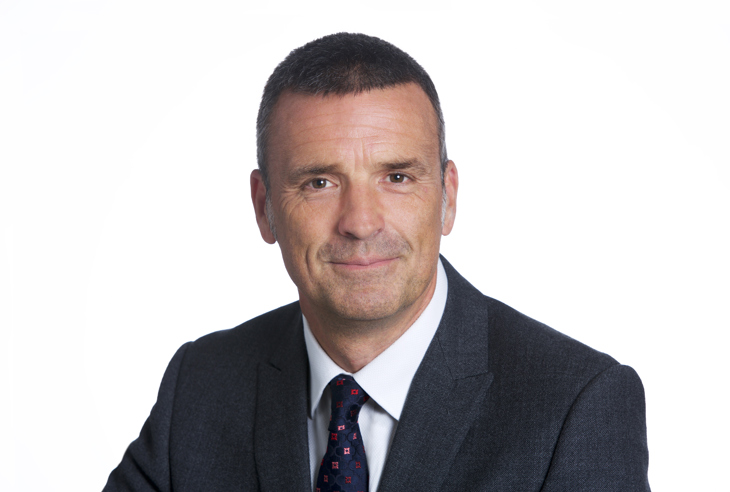
The last three months have been a bit of a roller-coaster for ‘cash’ funds. What were relatively calm and navigable seas since the global financial crisis of 2008 are now turbulent peaks and troughs which we continue to steer our way through.
Back in February, stable LIBORs, a largely bid market and tight spreads were making market participants complain about how to find value and yield.
Perhaps we wished for too much because by the end of March the coronavirus-fuelled rush for cash saw spreads to gilt yields widen to levels not seen since the dark days of 2008 because no one wanted to buy assets – banks were even offering yields of more than 2 per cent to entice us to place money with them for a year.
This proved to be a great exercise in debating on where the equilibrium lies between returns and the appropriate level of risk for them.
As central banks stepped in to pour oil on troubled waters, we saw these spreads tighten again. However, this was more a mechanism of the cash markets rather than of confidence, as we could see LIBOR rates still increasing.
Nevertheless, in recent weeks, as countries have eased lockdown conditions and central bank actions started to take effect, we have seen 3-month LIBOR come down to the levels we would expect, and are now again searching for value.
This extraordinary period has not seen us casting our nets widely to catch whatever is around. Instead, we have concentrated on the fundamentals of asset selection in making sure that we have high levels of overnight and one-week liquidity and high quality assets that the market turns to in times of trouble. The Fund’s mantra remains, Liquidity, Yield, Quality, Stability, Laddered Maturities.
During the last week of May, the fund had 11.3 per cent in overnight deposits with a further 9.9 per cent maturing within the coming week to meet immediate liquidity requirements, while our second line of defence includes the high quality, highly liquid sovereign, supranational and agency (SSA) assets (14.3 per cent) and covered bonds (15.9 per cent).
Last year, we could take advantage of the UK T-bill market as it met all five of the Fund’s above requirements: liquidity through the UK government; yielding more than A rated bank paper; AA rated; short dated (which reduces price volatility) and a weekly ladder of maturities.
This year, with T-bills yielding as little as 0.06 per cent we have looked elsewhere to find alternatives, and as such have increased our positions in SSA assets.
The likes of the European Investment Bank, Germany’s KfW and Canada’s EDC have been bought for the fund at yields in line with bank paper, but also with AAA ratings. Where they have been bought at lower yields, we see this as a small price to pay for the added security of high levels of liquidity in the event of a second wave of infections causing an increased demand for cash.
Because of the higher degree of stability in SSA assets, we feel confident holding longer dated assets to maximise returns. This is within the remit of the Fund’s investment policy, and means that they remain in the fund longer as a platform for our selection criteria upon which yield assets can be bought.
Our adaptable approach to managing the fund allows us to buy commercial paper (CP), fixed and floating rate notes and T-bills, amongst other assets.
This in turn enables us to find value in the market where we see it. For example, buying CP when agencies seek short-term funding and adding longer dated bonds as they approach maturity where we believe the yield or potential for spread tightening will enhance returns.
Also, with the German government guaranteed entity FMS issuing 3-month CP at 0.10 per cent at the time of writing and T-bills yielding around the same, we instead opted for a barbell approach and picked up 2-month UK government guaranteed UK Rail at 0.21 per cent and a 1-year FMS bond yielding 0.20 per cent. Therefore, enabling us to access high quality assets without dropping our yield targets.